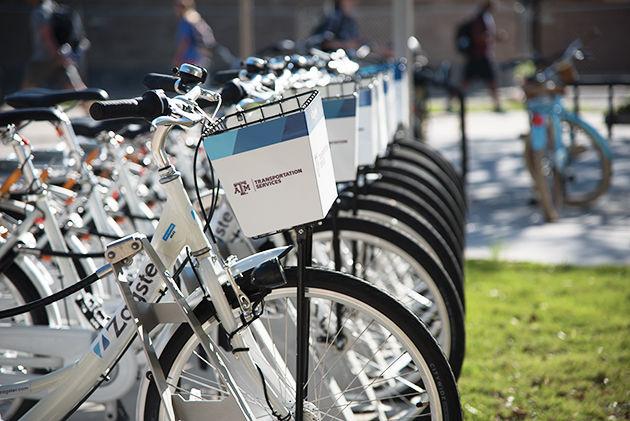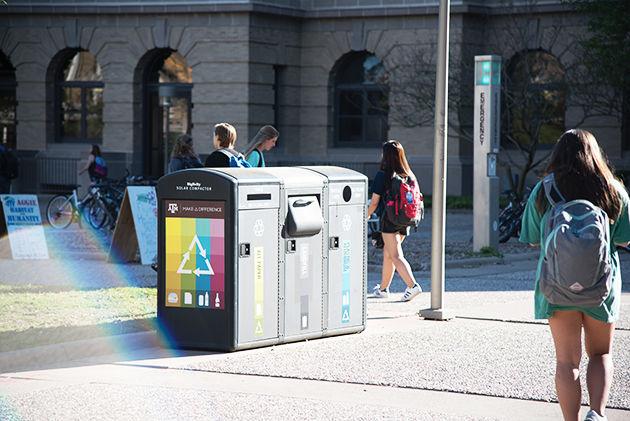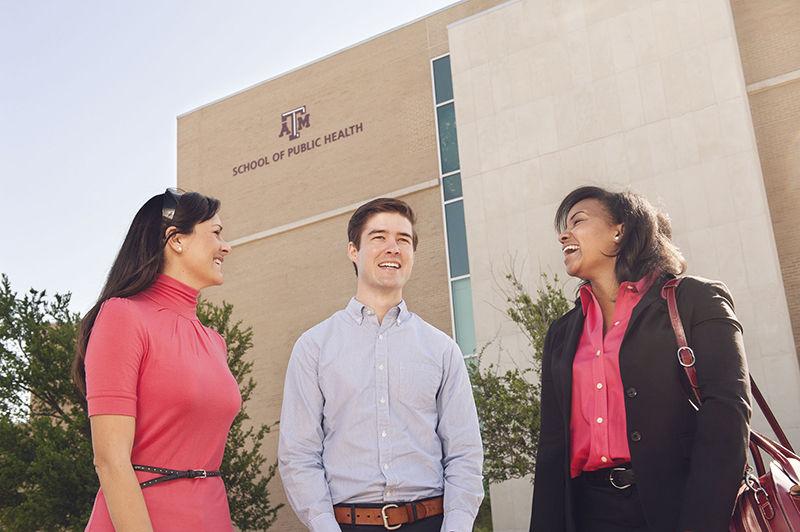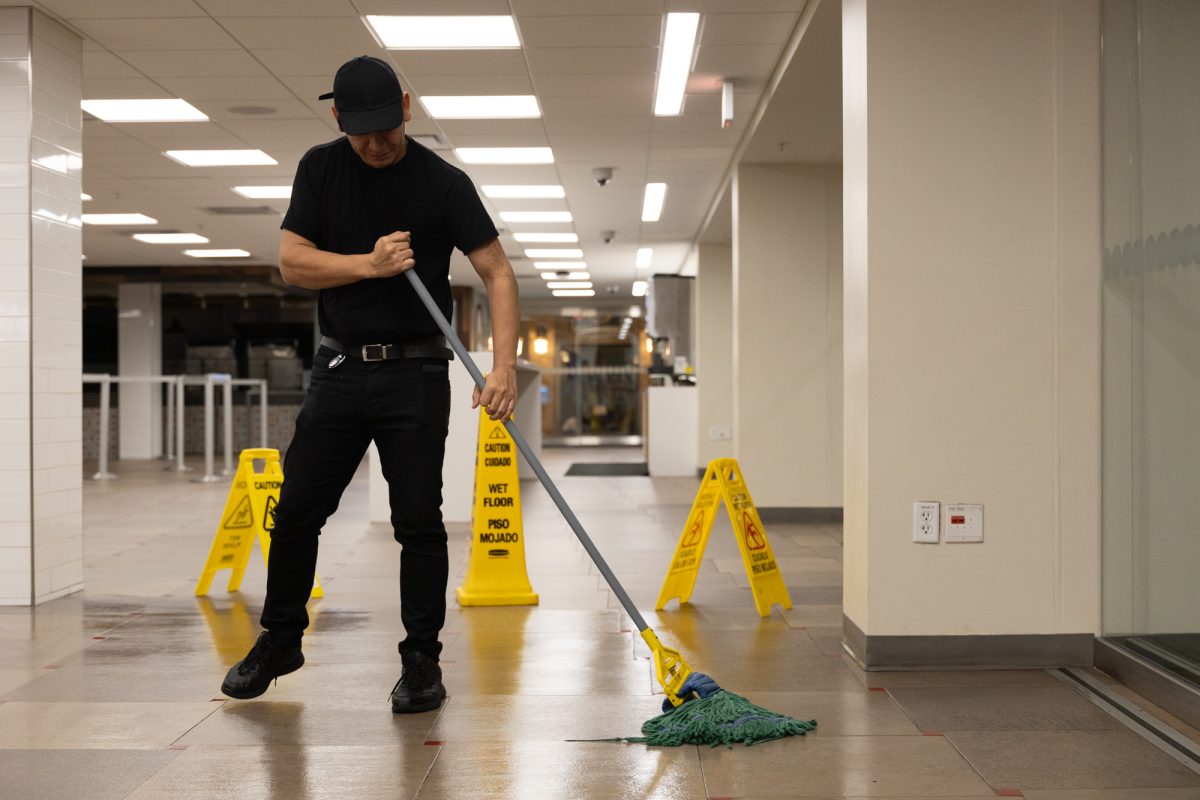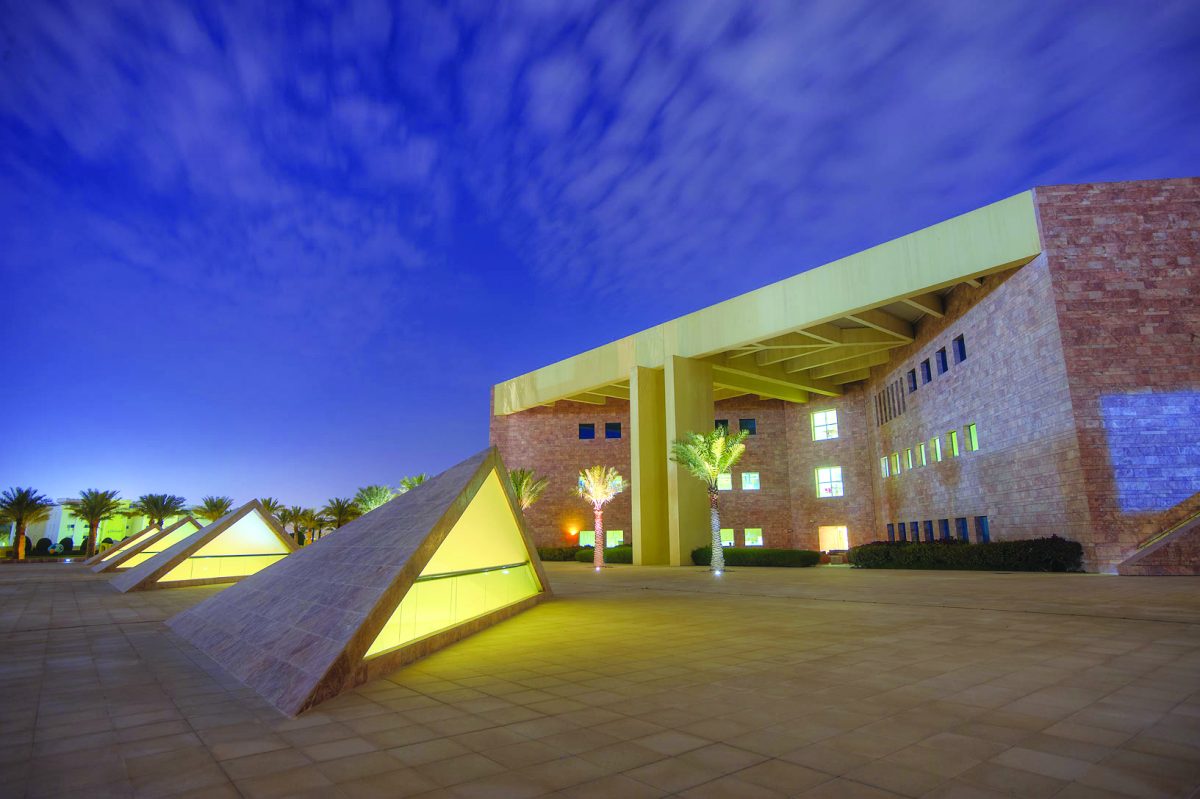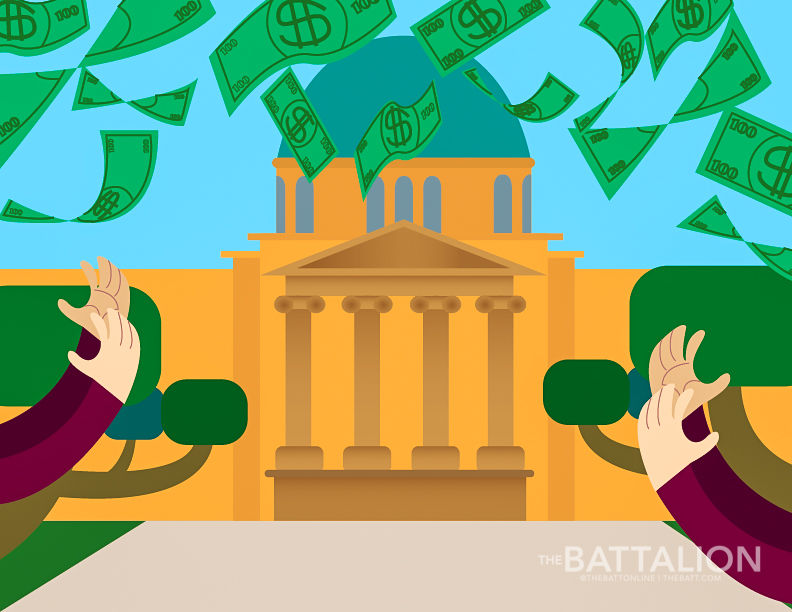This year Texas A&M received a gold rating from the Association for the Advancement of Sustainability in Higher Education as the result of improved collaboration across campus.
Since Texas A&M started participating in the association’s rating program, known as STARS, in 2010 the university had received only silver ratings out of bronze, silver, gold and platinum rating possibilities. The Office of Sustainability had set a goal to achieve the STARS gold rating by 2018 and surpassed its goal this year by scoring higher on the STARS scale than anticipated. The gold STARS rating puts Texas A&M in a more competitive range with similarly sized universities, and ahead of rival universities like the University of Texas, which scored a 55.67 landing them a silver rating.
In the past the Office of Sustainability submitted documentation to receive a STARS rating once every three years, but decided in 2016 that submitting a report every year has more advantages, according to the Sustainability Director Kelly Wellman.
“Last year we realized this has to be continuous improvement, and so we need to do this data every year,” Wellman said. “It helps drive the process. It makes us all more accountable.”
The Office of Sustainability worked with more than 30 stakeholders on campus to improve reporting about sustainability. Wellman said this strategy played a key role in the STARS rating improvement, citing a perfect score on the 2016 report in research as an example.
“We had a significant improvement because in research last time we had zero out of 12,” Wellman said. “We didn’t know how to report what type of sustainability focused or included research was happening on campus. Sponsored Research Services really worked quickly to help us generate a database that we could review. That’s 12 points — that is almost as many points as you can claim on any one credit.”
Ben Kalscheur, sustainability assistant manager, said in addition to improved reporting small improvements in sustainability efforts and maintained scores added up quickly to help push Texas A&M over the gold rating threshold.
“Utilities and Energy Services also made some improvements in greenhouse gas emissions,” Kalscheur said. “Also, the building energy consumption, they were able to conserve energy in buildings. So we got a nice little point total increase there.”
Brian Christensen, a sustainability intern and team lead, said the gold rating represents a step in the right direction.
“It means that we are continuing to progress further and further,” Christensen said. “Not moving forward is a step backwards, and forward is obviously a step in the right direction. It means that we’re doing all the things we need to be doing to continue to improve and be more sustainable on campus.”
According to Kalscheur, despite common beliefs, sustainability is about more than the environment.
“Sustainability is about making sure that future generations of aggies are also able to have a really good experience in Aggieland,” Kalscheur said. “It’s kind of like a giant puzzle and how you have all these pieces interlock to create a better world for everyone.”
Wellman said the contributions made by different departments and individuals on campus are about building a more sustainable future for Aggies.
“It really all comes down to your education as a student, or your research contributions as a faculty member, or what kind of environment does the staff here create to help you be successful,” Wellman said. “In our office we very much believe that sustainability is about people.”
A&M earns gold rating for sustainability
March 20, 2017
Photo by Photo by Cassie Stricker
Sustainability Gold Rating
0
Donate to The Battalion
Your donation will support the student journalists of Texas A&M University - College Station. Your contribution will allow us to purchase equipment and cover our annual website hosting costs.
More to Discover



